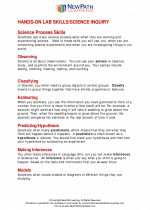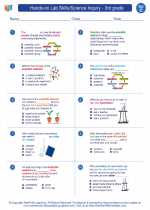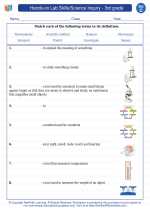Vitamin A: An Essential Nutrient for Healthy Vision and Immune Function
Vitamin A is a fat-soluble vitamin that is essential for various bodily functions, including maintaining healthy vision, supporting the immune system, and promoting proper cell growth and development.
Sources of Vitamin A
There are two primary forms of vitamin A found in the diet:
- Preformed Vitamin A: This type of vitamin A is found in animal products, such as liver, fish, and dairy products.
- Provitamin A: Also known as carotenoids, provitamin A is found in plant-based foods, including carrots, sweet potatoes, spinach, and other colorful fruits and vegetables.
Functions of Vitamin A
Vitamin A plays several important roles in the body, including:
- Supporting Vision: Vitamin A is crucial for the proper functioning of the retina and the maintenance of good vision, especially in low-light conditions.
- Immune Function: It helps maintain the integrity of the skin and mucous membranes, which act as barriers to infection. It also plays a role in the production and function of white blood cells, which are essential for fighting off infections.
- Cell Growth and Development: Vitamin A is necessary for the growth and development of cells, including those involved in bone growth, reproduction, and maintaining the integrity of the skin and other tissues.
Deficiency and Excess of Vitamin A
A deficiency of vitamin A can lead to a range of health problems, including night blindness, impaired immune function, and an increased susceptibility to infections. On the other hand, excessive intake of vitamin A can lead to toxicity, which can cause symptoms such as nausea, dizziness, and even liver damage in severe cases.
Recommended Intake
The recommended dietary allowances (RDAs) for vitamin A vary by age and gender. For children and adults, the RDAs range from 300 to 900 micrograms per day, with pregnant and breastfeeding women requiring higher amounts.
Study Guide
To study and learn more about vitamin A, consider focusing on the following key points:
- Understand the sources of vitamin A and the difference between preformed vitamin A and provitamin A.
- Learn about the functions of vitamin A in the body, particularly its role in vision, immune function, and cell growth.
- Explore the potential health consequences of vitamin A deficiency and excess, and how these can be prevented.
- Memorize the recommended dietary allowances for vitamin A based on age and gender, as well as the special requirements for pregnant and breastfeeding women.
By understanding these key points and engaging in further research and study, you can gain a comprehensive understanding of the importance of vitamin A for overall health and well-being.
.◂Science Worksheets and Study Guides Third Grade. Hands-on Lab Skills/Science Inquiry - 3rd grade

 Worksheet/Answer key
Worksheet/Answer key
 Worksheet/Answer key
Worksheet/Answer key
 Worksheet/Answer key
Worksheet/Answer key
 Worksheet/Answer key
Worksheet/Answer key
 Vocabulary/Answer key
Vocabulary/Answer key
 Vocabulary/Answer key
Vocabulary/Answer key
